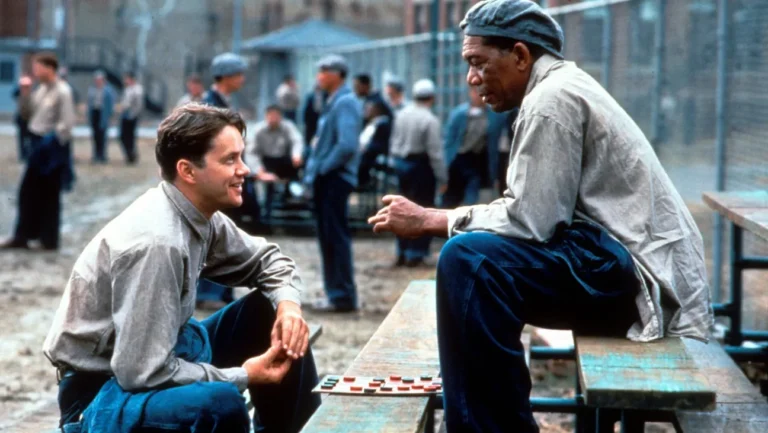How Social Media Trends Affect Society
Social media trends can have significant effects on society, impacting various aspects of culture, behavior, and communication. Here are some ways in which social media trends can influence society:
Cultural Influence
Social media trends often shape popular culture by promoting specific behaviors, fashions, music, memes, and even language. These trends can spread rapidly, influencing how people dress, talk, and interact with each other.
Behavioral Changes
Social media trends can encourage certain behaviors, such as participating in challenges, sharing personal experiences, or adopting specific hobbies. For instance, viral challenges like the “Ice Bucket Challenge” or “Mannequin Challenge” have encouraged widespread participation for a good cause or just for fun.
Information Dissemination
Social media trends can shape how information spreads. Trends can lead to the rapid dissemination of news, both accurate and inaccurate. Misinformation or fake news can spread quickly through trending topics, potentially leading to confusion and influencing public opinion.
Political Impact
Social media trends can have significant political implications. They can amplify political messages, influence voter behavior, and even spark social movements. The Arab Spring, for example, saw the power of social media in mobilizing protests and challenging authoritarian regimes.
Consumer Behavior
Social media trends can influence consumer choices and purchasing behavior. Trends related to products, services, or lifestyles can drive demand for specific goods and services, leading to economic impacts.
Body Image and Self-Esteem
Trends related to beauty standards and body image on social media can influence people’s perception of their own bodies. Unrealistic ideals portrayed on platforms like Instagram can contribute to body dissatisfaction and low self-esteem, particularly among younger users.
Mental Health
The pressure to conform to social media trends and the constant comparison with others can contribute to stress, anxiety, and depression. The fear of missing out (FOMO) is a phenomenon where people feel anxious about not being involved in trending activities.
Privacy Concerns
Some social media trends may involve sharing personal information or participating in challenges that compromise privacy. Users may unknowingly share sensitive data or engage in risky behavior to be a part of a trend.
Community Building
On the positive side, social media trends can bring people with similar interests together and foster a sense of community. Niche trends can connect individuals who might otherwise have difficulty finding like-minded peers.
Creativity and Expression
Social media trends can encourage creativity and self-expression. Users often participate in challenges or trends by putting their unique spin on them, allowing for innovative and artistic contributions.
Short Attention Span
The fast-paced nature of social media trends can contribute to shorter attention spans. Users may become accustomed to consuming information in bite-sized pieces, potentially affecting their ability to engage with longer, more complex content.
Globalization and Cultural Exchange
Social media trends can facilitate cross-cultural exchange and awareness. Trends can spread across borders, exposing people to different cultures and perspectives.
Overall, social media trends have a powerful impact on society, shaping behavior, opinions, and culture in various ways. While they can bring about positive changes and foster connections, they also come with potential drawbacks, such as misinformation, privacy concerns, and effects on mental health. It’s important for individuals to critically assess trends and their potential consequences before participating in them.






